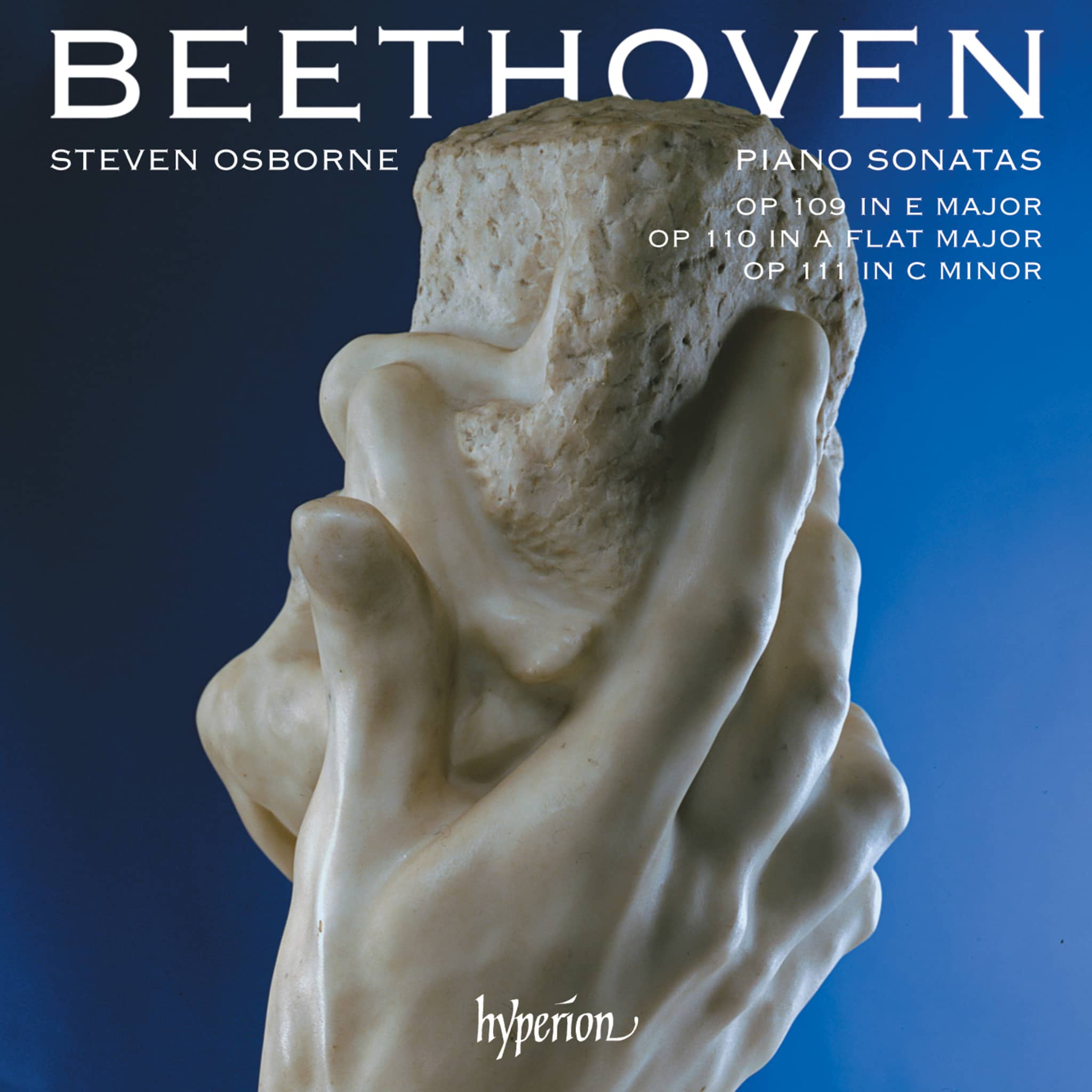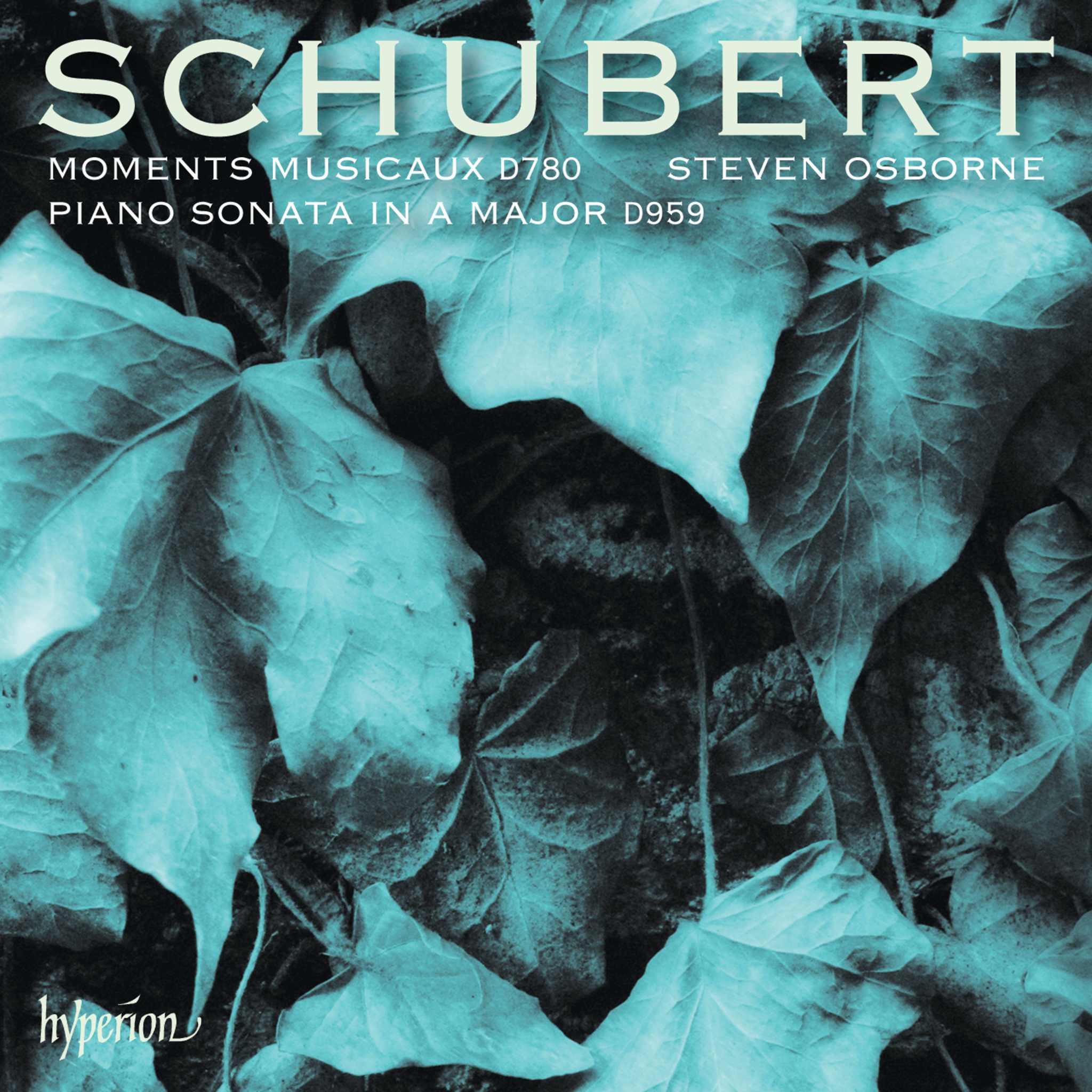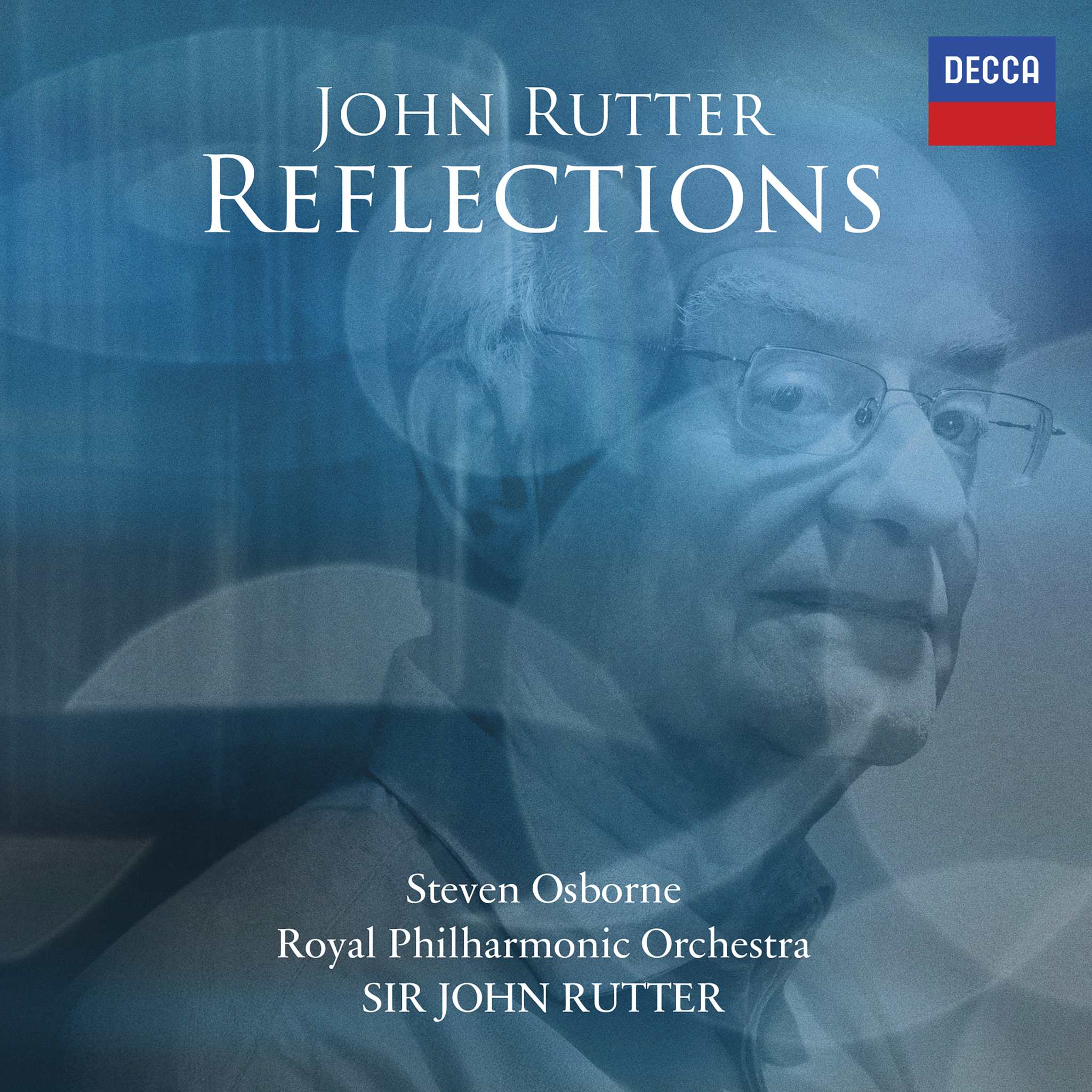Album insights
Born in Lincolnshire, likely close to Tattershall, John Taverner was documented as a church scribe in 1525. He gained recognition in London and was appointed as the Chorister Informator at Cardinal College in Oxford in November 1526. A brush with trouble came in 1527 when he associated with a group sympathetic to Lutheran ideas while narrowly avoiding imprisonment. After Cardinal Wolsey's fall in 1529, Taverner's future at the college was uncertain but he left in April 1530. He resurfaced in Boston, Lincolnshire, working for Thomas Cromwell assessing monasteries before his death on October 18, 1545. Taverner celebrated for his meticulous work, was buried beneath the famous tower of the local parish church.
Taverner's compositions reflect a blend of traditional medieval elements and emerging continental European musical trends. His celebrated work "Gloria tibi Trinitas" showcased systematic imitations and simplified melodies, a departure from the dense details of his earlier works. Notably, his renowned Festmass, and notable pieces like "In nomine Domini," influenced a new instrumental genre. Through his iconic compositions, Taverner left a lasting mark on English music until the late 17th century.
"Taverner followed a classic structure in his setting of 'Audivi vocem de caelo,' alternating between chant and polyphony. The piece's unique scoring for higher voices aligns with All Saints liturgical customs, emphasizing a significant historical reverence. Additionally, a fellow Cardinal College colleague, William Whytbroke, contributed to the composition—a collaboration emblematic of Taverner's era."






